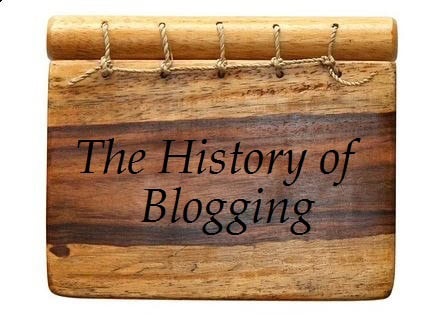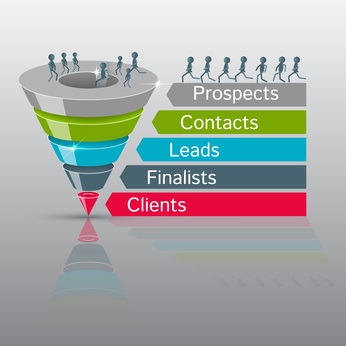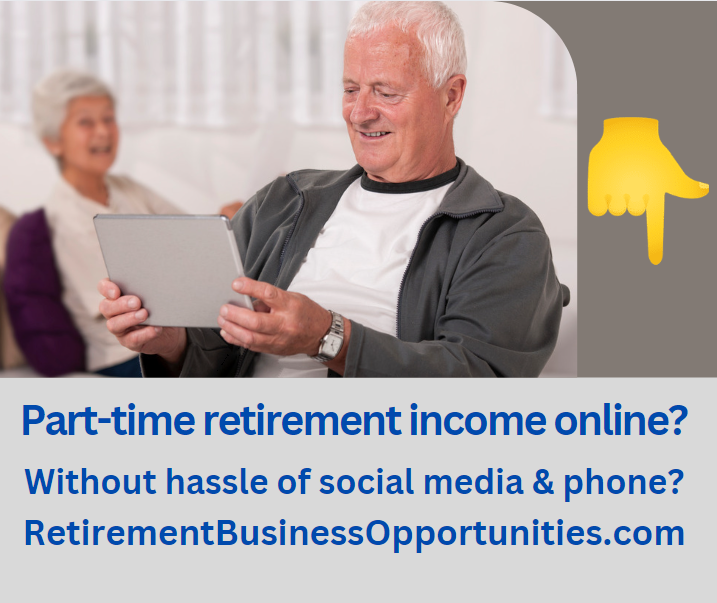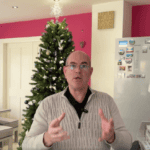Table of Contents
Have You Been Offered Facebook’s Ad-Free Subscription?
Facebook now offers users the option to pay for an ad-free experience in certain regions. This shift—partly driven by regulatory pressures and changing user expectations—has real consequences for both sides of the platform: advertisers who rely on Facebook’s targeting and reach, and viewers who balance privacy, experience, and cost. Here’s a balanced look at the pros and cons for each group, plus what to do next.
This addition doesn’t really surprise me – of late Facebook has just become an ad-fest!
What’s Changing
- Users can opt into a paid subscription to remove ads across Facebook and Instagram (typically bundled), with pricing that varies by region and device.
- The default remains the ad-supported model, but a new “choice architecture” emerges: pay with money or pay with data/attention.
For Viewers (Users)
Pros
- Better user experience: No interruptions, cleaner feeds, faster perceived browsing, and fewer distraction loops.
- Increased privacy control: Reduced behavioral tracking for ad personalization (though some data is still needed for core functionality).
- Emotional well-being: Fewer “hook” interruptions may help decrease doomscrolling and ad-induced FOMO.
- More control and transparency: A clear option to avoid commercial targeting rather than navigating complex ad preferences.
Cons
- Direct monetary cost: A new monthly expense for something that used to be free.
- Lost discovery: Ads sometimes surface useful products, local services, or events you wouldn’t otherwise find.
- Potential influence on creator economy: If more users go ad-free, some creators may see lower ad revenue, shifting monetization pressure to subscriptions or paid partnerships.
- Not total data elimination: The platform still collects some data for security, analytics, and core features.
For Advertisers (Brands, Agencies, Creators)
Pros
- Higher intent signals in ad-supported cohort: Users who stay on ads may be more accepting of commercial messages, improving engagement efficiency.
- Cleaner measurement segmentation: You can analyze performance specifically among ad-supported users vs. other channels.
- Competitive differentiation: As reach marginally tightens, brands with strong creative, first-party data, and cross-channel orchestration can gain relative advantage.
Cons
- Shrinking reachable audience: Every subscriber opting out reduces potential impressions and frequency, especially among higher-income demographics who are more likely to pay.
- Targeting and attribution erosion: Fewer data-rich interactions and increased privacy constraints complicate optimization and ROAS tracking.
- Rising CPMs pressure: With less inventory and persistent demand, auction prices may rise for remaining ad slots.
- Creative fatigue risk: Smaller pools can lead to overexposure if frequency isn’t managed rigorously.
Strategic Implications
For Viewers: How to Decide
- Cost-benefit check: If ads feel intrusive and time-wasting, the monthly fee might be worth the regained focus.
- Hybrid use: Consider ad-free on one platform (e.g., Instagram) while keeping Facebook ad-supported if you rely on local event/business discovery.
- Privacy alternatives: If cost is an issue, tighten ad preferences, limit tracking permissions, and use feed controls.
For Advertisers: How to Adapt
- Strengthen first-party data
- Build email/SMS lists via value exchanges (guides, tools, community access).
- Use server-side tracking (e.g., CAPI) within policy limits to stabilize attribution.
 Diversify channels
Diversify channels
- Lean into TikTok, YouTube, search, retail media, and influencer collaborations to hedge reach loss.
- Invest in creative quality
- Native, story-first creative outperforms generic ads in tighter auctions.
- Test multiple hooks, formats, and lengths to reduce fatigue.
- Improve targeting resilience
- Use broader targeting with strong creative and conversion-optimized objectives.
- Deploy predictive audiences/lookalikes seeded by high-quality first-party events.
- Tighten measurement
- Mixed Media Modeling (MMM)/incrementality tests to validate impact beyond pixel-based attribution.
- Short, recurring geo-lifts or holdout experiments to guide budget allocation.
- Respect user choice
- Transparency and value-driven messaging build trust as users scrutinize attention costs more closely.
Likely Medium-Term Outcomes
- Segmented ecosystems: A smaller, more ad-tolerant audience remains targetable; ad-free clusters push brands to diversify and deepen lifecycle marketing.
- Higher bar for relevance: With less “cheap reach,” creative clarity, social proof, and utility become decisive.
- More paid and partnership models: Creators and publishers may lean into subscriptions, memberships, and affiliate deals to offset ad volatility.
- Regulatory momentum: Expect continued privacy-focused changes shaping data access, targeting, and reporting.
Bottom Line
- For viewers: Paying to skip ads buys attention, privacy comfort, and a calmer experience—at a monthly cost.
- For advertisers: The pie doesn’t vanish, but slices change size. Brands that adapt—by upgrading creative, strengthening first-party data, and diversifying channels—can maintain performance in a leaner, more selective attention market.
My Decision as a Viewer
To be honest, I’m still undecided.
Most of the ‘stuff’ I buy from Facebook ads has turned out to be a complete waste of money – yet I HAVE found one or two truly effective products. I’m talking here about health products and ‘home efficiency’ products – NOT ‘make money online’ ads. I’m pretty immune to those now I have my preferred and trusted suppliers.
The jury is still out. But I am increasingly being irritated by Facebook ads.
The Simple Promo Strategy I Shall Continue Using
I hadn’t yet ventured into paid Facebook advertising, and I won’t be doing so now.
In my opinion, this is yet another reason to take your marketing OFF social media and onto your own platform, because social media can just change the rules on you in a heart-beat.
Whatever your business you can stay in control of your own direction of travel with this platform: FutureProofSideHustles.com












